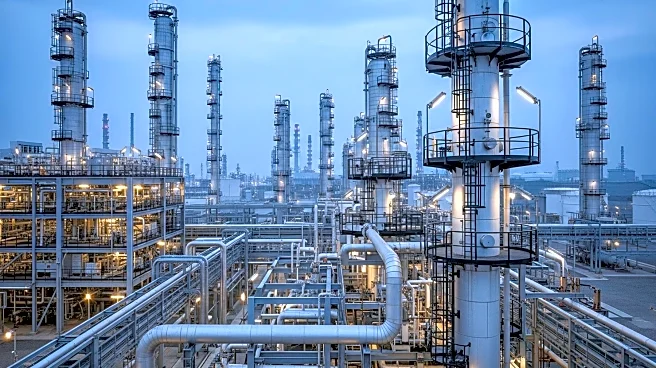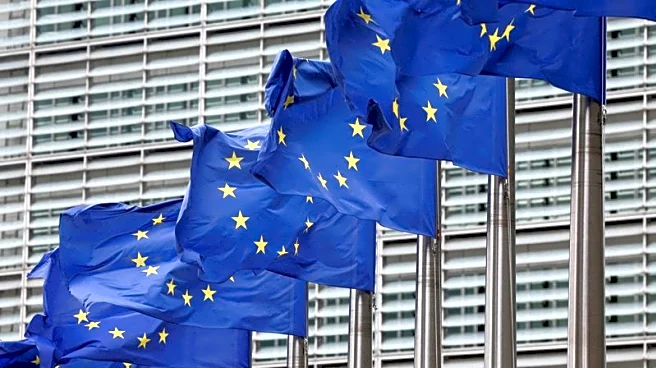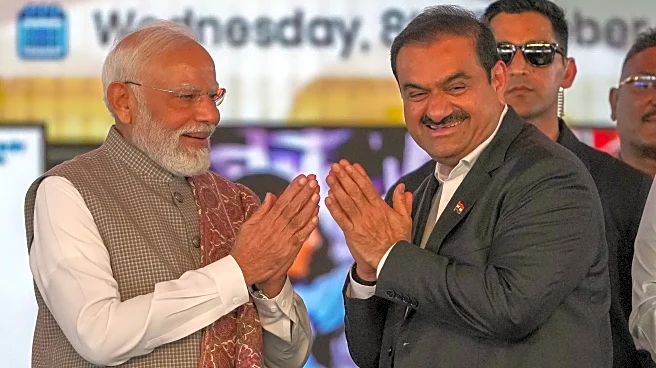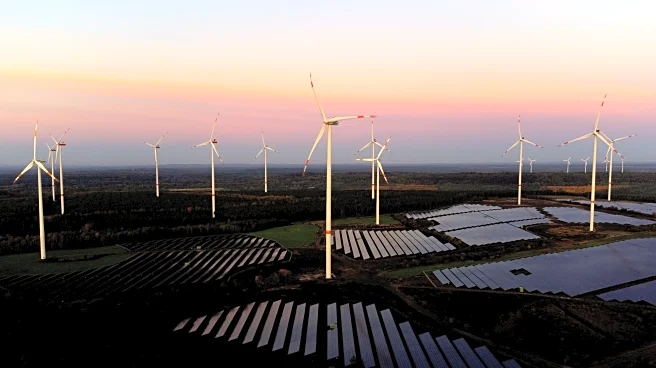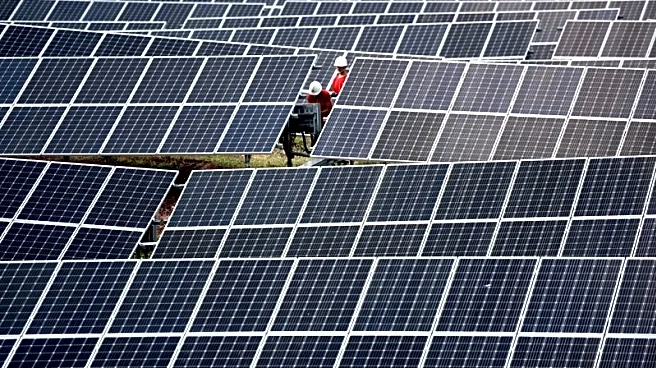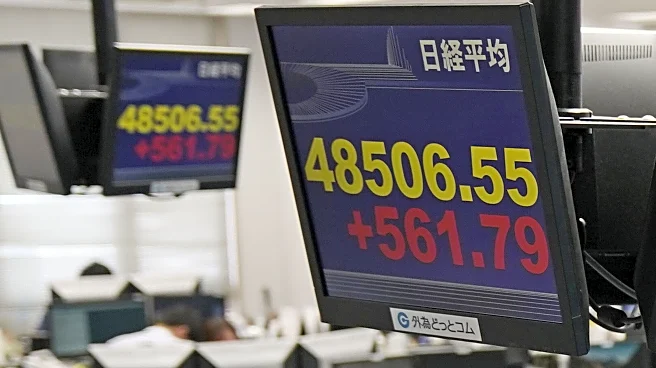What's Happening?
In September, India became a net importer of finished steel, with imports totaling 0.65 million metric tons, according to provisional government data. This marks a 36.3% decrease in imports compared to the previous year. Despite being the world's second-largest producer of crude steel, India has recommended imposing a three-year import tariff of 11% to 12% on certain steel products to curb imports, particularly from China. Meanwhile, India's finished steel exports increased by 47.6% year-on-year, reaching 0.58 million metric tons. The country's finished steel production rose by 14.7% to 13.3 million metric tons, while consumption increased by 9% to 13.5 million metric tons.
Why It's Important?
The shift in India's steel trade balance highlights the country's strategic efforts to protect its domestic steel industry from foreign competition, especially from China. The proposed tariffs could impact international trade dynamics and influence global steel prices. For U.S. steel producers, this development may present opportunities to increase exports to India, potentially offsetting the impact of Chinese competition. Additionally, the increase in India's steel production and consumption reflects robust industrial activity, which could have positive implications for global steel demand and pricing.
What's Next?
India's government is likely to proceed with the implementation of the recommended import tariffs, which could lead to changes in trade patterns and affect global steel markets. Stakeholders, including steel producers and trade partners, will be closely monitoring these developments to assess their impact on international trade and pricing strategies. The U.S. steel industry may explore opportunities to expand its presence in the Indian market, leveraging the potential reduction in Chinese imports.

